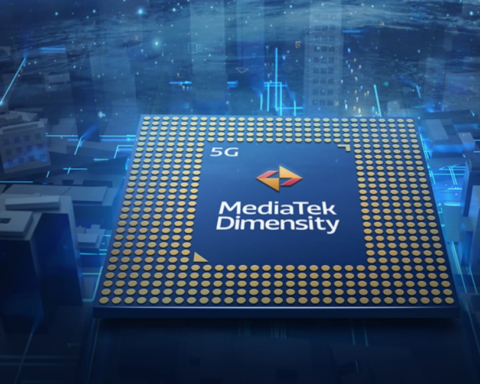In the ever-evolving world of smartphone technology, the battle for supremacy between industry giants continues to captivate tech enthusiasts worldwide. Amidst this fierce competition, Apple’s upcoming flagship devices, the iPhone 15 Pro and iPhone 15 Pro Max, are poised to showcase a remarkable leap in performance thanks to their advanced chipset technology.
While Samsung’s Galaxy S23 lineup boasts the formidable Snapdragon 8 Gen 2 for Galaxy chipset, Apple appears to have an ace up its sleeve. The buzz surrounding the A17 Bionic chipset, expected to power the next generation of iPhones, suggests that it may outshine its Android counterparts in terms of sheer power.
At the heart of this superiority lies the manufacturing process. While the Snapdragon 8 Gen 2 utilizes a 4nm process, industry insiders anticipate that Apple’s A17 Bionic will harness an even more advanced 3nm process, setting a new standard for efficiency and performance.
Reports of Apple’s pursuit of a 3nm chipset have been circulating since April 2022, and a recent revelation from DigiTimes solidified the company’s commitment. According to the report, Apple has secured a staggering 90% of TSMC’s 3nm production capacity for 2023. TSMC, the leading manufacturer of chipsets, including those found in Apple’s iPhones and Snapdragon-powered devices, now finds its production capacity predominantly devoted to Apple’s ambitious chipset plans.
The significance of the 3nm process lies in its ability to accommodate a greater number of transistors within the same physical space compared to the 4nm process. For instance, the A16 Bionic chipset in the iPhone 14 Pro and the Snapdragon 8 Gen 2 both boast 16 billion transistors. However, leaks suggest that the A17 Bionic could dwarf these numbers, potentially featuring anywhere from 18 billion to a staggering 24 billion transistors.
More transistors translate into enhanced power and improved efficiency, promising a significant boost in performance and battery life for the iPhone 15 Pro and iPhone 15 Pro Max, setting them apart from their Android counterparts.
While Android manufacturers are likely to catch up with their own 3nm chipsets in the near future, Apple’s visionary approach could catapult it further ahead. Reports suggest that TSMC is already developing a groundbreaking 2nm process, with Apple and Nvidia securing exclusive partnerships for these chipsets. Notably, Apple’s adoption of 2nm chipsets is anticipated to occur around 2025, potentially coinciding with the launch of the iPhone 17 series. Meanwhile, Samsung, keen on maintaining its technological edge, may even unveil a home-grown 2nm chipset, bypassing reliance on Snapdragon and TSMC.
As the smartphone landscape continues to evolve at a rapid pace, Apple’s innovative chipsets pave the way for an exciting future. While Android manufacturers strive to keep up, the iPhone 15 Pro and iPhone 15 Pro Max seem poised to deliver a level of performance and efficiency that sets them apart, leaving their competitors trailing behind.
The stage is set for a thrilling battle in the world of smartphone technology, and Apple’s unwavering commitment to pushing the boundaries of what’s possible is sure to keep enthusiasts eagerly awaiting the next chapter in mobile innovation.






